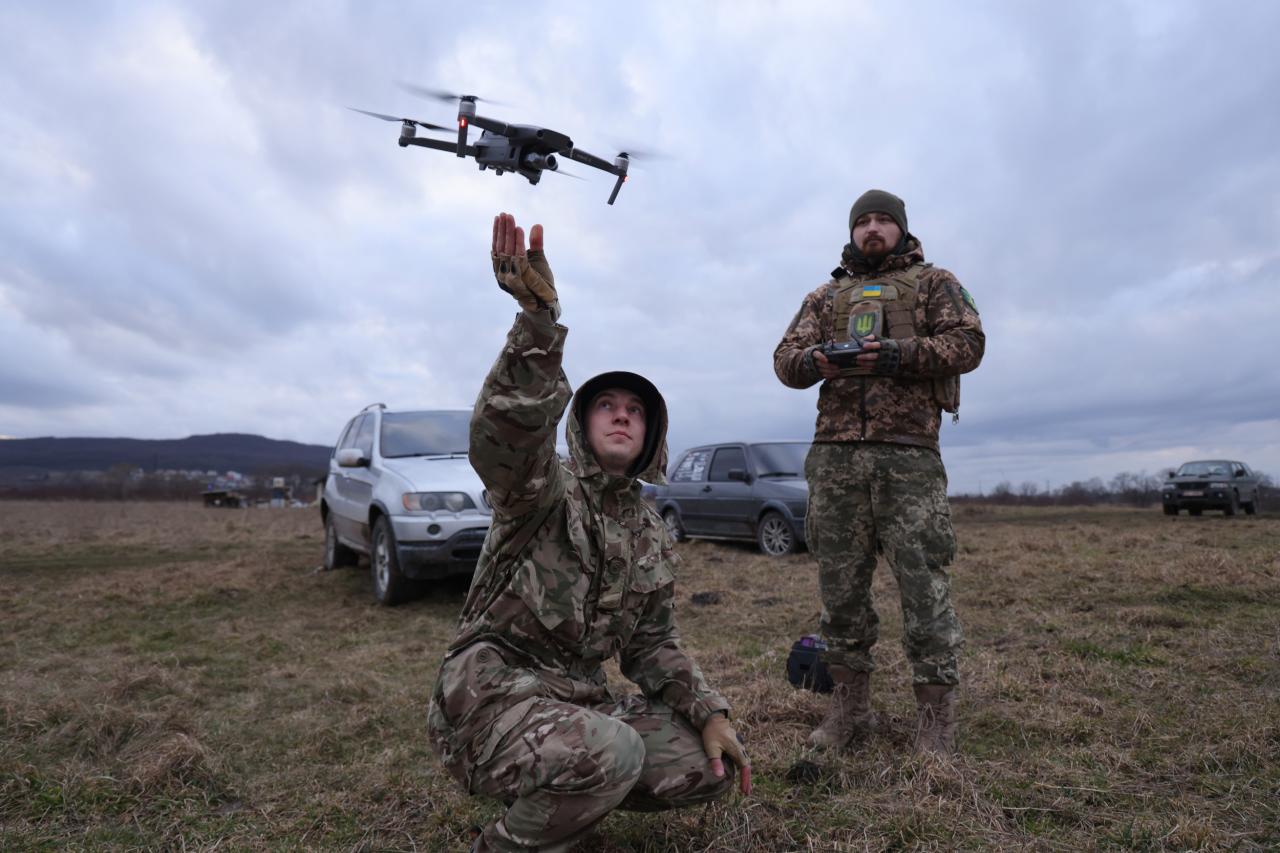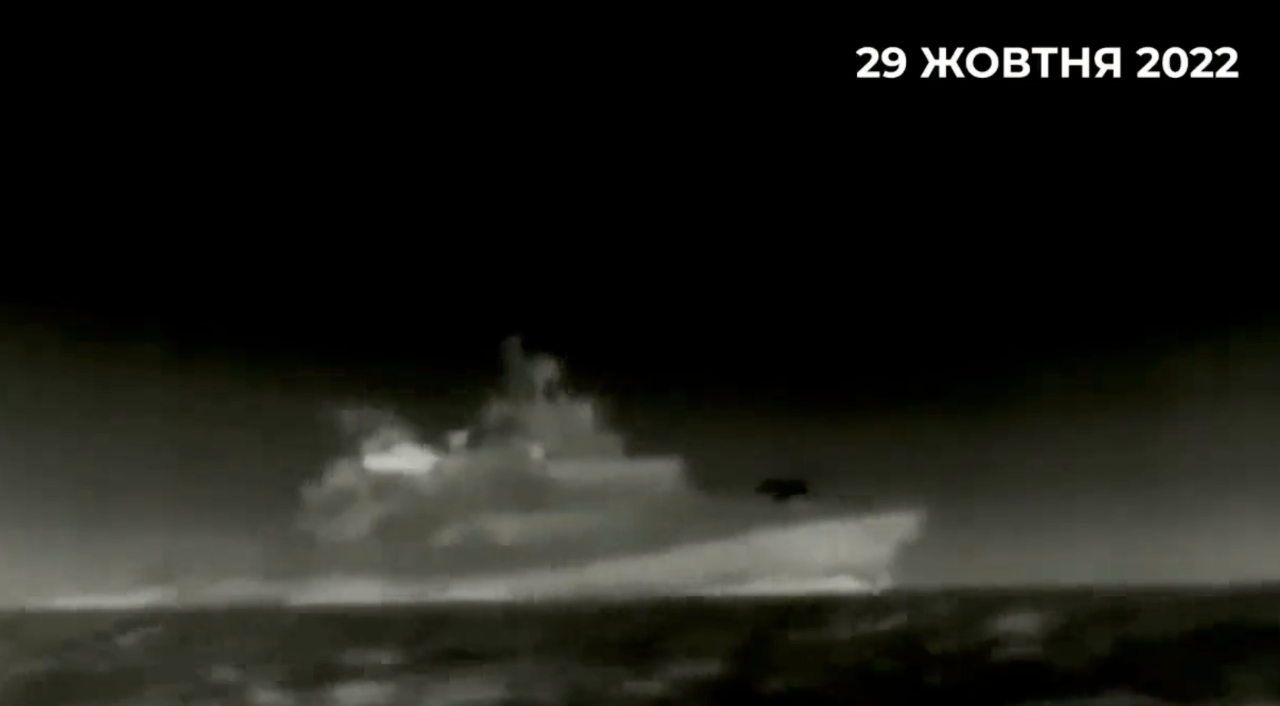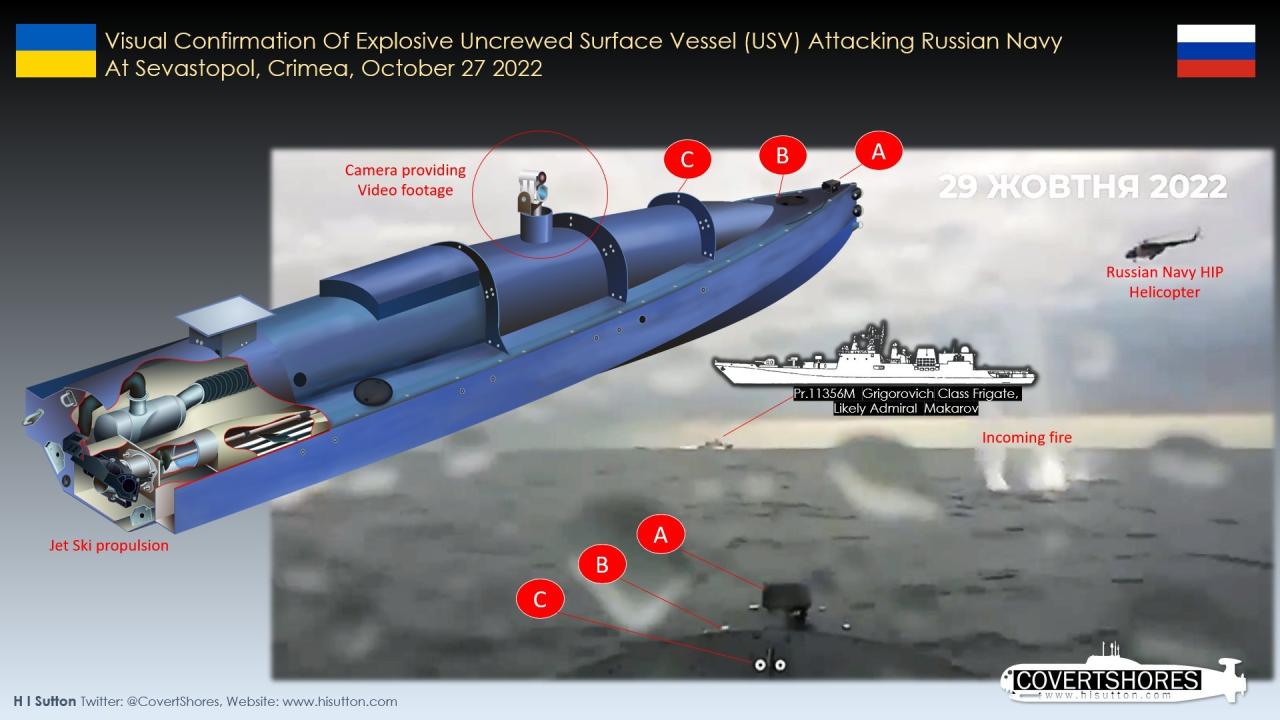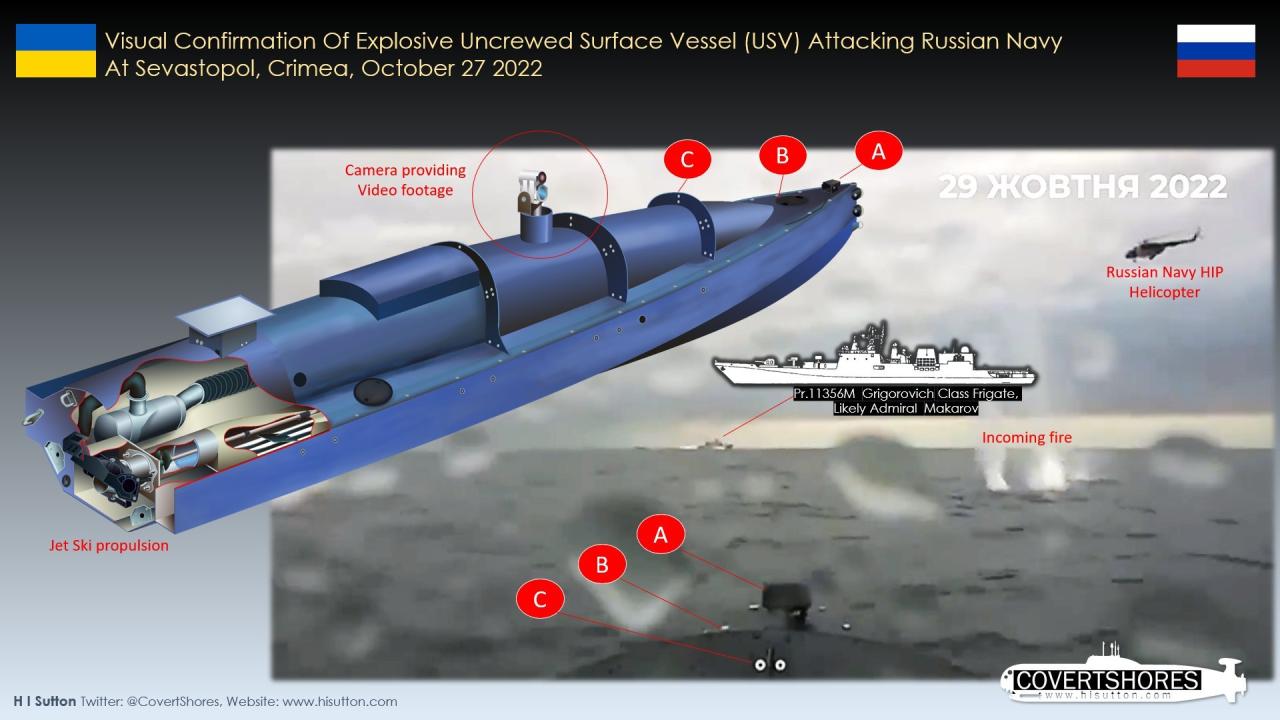Drone attack Russia: It’s a phrase that’s become increasingly familiar, highlighting a new dimension in modern warfare and geopolitical tension. This exploration delves into the various types of drones employed, their targets, the actors involved, and the technological advancements driving this evolving conflict. We’ll examine the strategic implications, Russia’s countermeasures, and the wider international repercussions of these attacks.
From the relatively simple to the technologically sophisticated, drones are changing the battlefield. We’ll look at how different drone designs are used, their effectiveness, and the challenges they pose to traditional military strategies. We’ll also examine the impact on civilian populations and the ongoing debate surrounding the ethical implications of this new form of warfare.
Drone Attacks on Russia: A Comprehensive Overview
The increasing frequency of drone attacks targeting Russia presents a complex and evolving security challenge. This overview examines various aspects of these attacks, from the types of drones employed and their targets to the actors involved and the international implications. We will explore the technological advancements, Russian countermeasures, and the broader geopolitical context surrounding this phenomenon.
Types of Drones Used in Attacks
A variety of drones, ranging from commercially available models modified for military use to more sophisticated custom-built systems, have been implicated in attacks against Russia. Their effectiveness varies significantly based on design, payload capacity, and operational range. The following table summarizes key characteristics of some drone types.
| Drone Type | Payload Capacity | Range | Notable Attacks |
|---|---|---|---|
| Modified Commercial Drones (e.g., DJI Mavic, Autel Evo) | Small explosives, incendiary devices | Limited, typically under 10km | Numerous attacks on military bases and infrastructure in border regions. |
| Larger, Custom-Built Drones | Larger explosives, potentially anti-tank munitions | Extended range, potentially exceeding 100km | Attacks targeting deeper inland locations, including airfields and strategic facilities. |
| Fixed-Wing UAVs | Significant payload capacity, potentially including guided munitions | Very long range, capable of reaching targets hundreds of kilometers away | Limited evidence of use; potential for future employment against high-value targets. |
Targets of Drone Attacks

Drone attacks in Russia have targeted a diverse range of assets, reflecting the strategic goals of the perpetrators. The consequences of these attacks vary depending on the success and the nature of the target.
- Military Installations: Air bases, ammunition depots, and military equipment storage facilities are frequently targeted to degrade Russia’s military capabilities.
- Infrastructure: Attacks on oil refineries, power grids, and transportation networks aim to disrupt Russia’s economic activity and essential services.
- Civilian Areas: While less common, attacks on civilian areas have occurred, raising concerns about the potential for civilian casualties and escalation.
Successful attacks can significantly impact military readiness, economic output, and public morale, while unsuccessful attacks still demonstrate the vulnerability of these targets and potentially signal future intent.
Recent drone attacks on Russia have highlighted the increasing use of unmanned aerial vehicles in modern warfare. If you’re interested in learning more about drones, checking out resources like this guide to finding the best buy drone can be a good starting point. Understanding drone technology is crucial to comprehending the implications of these attacks and their potential future impact on global conflict.
Geographic Locations of Attacks
Drone attacks against Russia are geographically concentrated in specific regions, often reflecting proximity to borders and the location of key military or infrastructure assets. The frequency and intensity of attacks vary significantly across these regions.
Drone attacks on Russia are becoming increasingly sophisticated, utilizing various models for different missions. If you’re a drone enthusiast and your DJI drone needs some TLC after a particularly intense mission (or just a regular checkup!), check out this resource for dji drone repair. Proper maintenance is key, whether your drone’s been involved in a conflict zone or just needs some routine servicing, ensuring it’s ready for future operations.
A simplified map would show a higher concentration of attacks near the borders with Ukraine, as well as in regions hosting significant military infrastructure. Attacks further inland are less frequent but often target high-value assets. The Bryansk and Belgorod regions have seen a higher concentration of attacks compared to more remote areas.
Actors Involved in Drone Attacks, Drone attack russia

Attribution of drone attacks against Russia remains challenging, but several actors are suspected of involvement. Their motivations and capabilities differ significantly.
- Ukrainian Military and Affiliated Groups: Ukraine is widely believed to be involved in attacks near the border, leveraging its proximity and access to various drone systems.
- Anti-Kremlin Groups: Various anti-government groups may be involved, aiming to destabilize Russia and undermine its war effort in Ukraine.
- Other State Actors (Potential): The possibility of involvement by other states cannot be entirely ruled out, although direct evidence is currently lacking.
Investigating the specific methods used in each attack (drone type, payload, flight paths) and correlating them with the capabilities of different actors is crucial for accurate attribution.
Technological Aspects of the Attacks

The technology used in drone attacks against Russia has evolved rapidly. Initial attacks relied on commercially available drones with limited capabilities, while more recent incidents suggest the use of more sophisticated systems.
Advances in navigation (GPS, inertial navigation systems), communication (secure data links), and payload delivery (precision-guided munitions) have enhanced the effectiveness of these attacks. The use of swarm tactics and AI-assisted navigation is also a potential future development.
Russian Response to Drone Attacks

Russia has implemented various countermeasures to address the drone threat. The effectiveness of these measures varies, and many face limitations.
| Response Type | Effectiveness | Cost | Limitations |
|---|---|---|---|
| Electronic Warfare Systems (Jamming) | Variable, effectiveness depends on the sophistication of the drone’s communication systems | High | Can disrupt civilian communications, limited range |
| Air Defense Systems | Effective against slower, less sophisticated drones, but expensive and potentially ineffective against swarms | Very High | High collateral damage risk, limited effectiveness against smaller, cheaper drones |
| Improved Surveillance and Intelligence | Essential for early detection and prevention | High | Requires significant investment in technology and human resources |
International Implications
The drone attacks against Russia have significant international implications, potentially impacting regional stability and international relations. The risk of escalation and wider conflict is a major concern.
International responses have varied. Some countries have expressed concern about the potential for escalation, while others have remained largely silent. The potential for the use of drones in other conflicts, and the broader implications for international security, are significant points of discussion.
Final Thoughts: Drone Attack Russia
Drone attacks on Russia represent a significant shift in military tactics and geopolitical dynamics. The evolving technology, diverse actors involved, and the unpredictable consequences underscore the complexities of this issue. Understanding the technological advancements, strategic targets, and international responses is crucial to comprehending the current global security landscape and anticipating future developments in this rapidly evolving area of conflict.
FAQ Overview
What are the long-term effects of these drone attacks on Russia’s military capabilities?
Recent drone attacks on Russia have highlighted the sophisticated technology involved. Understanding the computational power behind these drones requires looking at their onboard systems; checking the CPU specs might involve using a tool like cpu z to get a detailed analysis. This kind of information helps assess the capabilities and potential future developments in these attacks.
Long-term effects are still unfolding, but potential impacts include resource depletion for countermeasures, damage to morale, and potential shifts in military strategy and deployment.
How effective are Russia’s counter-drone technologies?
The effectiveness of Russia’s counter-drone technologies is debated. While some measures have shown success, others have proven less effective against advanced drone systems, highlighting an ongoing technological arms race.
Are there international legal implications for these drone attacks?
The legality of these attacks is complex and depends on various factors, including the target, the actors involved, and the proportionality of the response. International law regarding the use of drones in conflict is still evolving and subject to ongoing debate.
